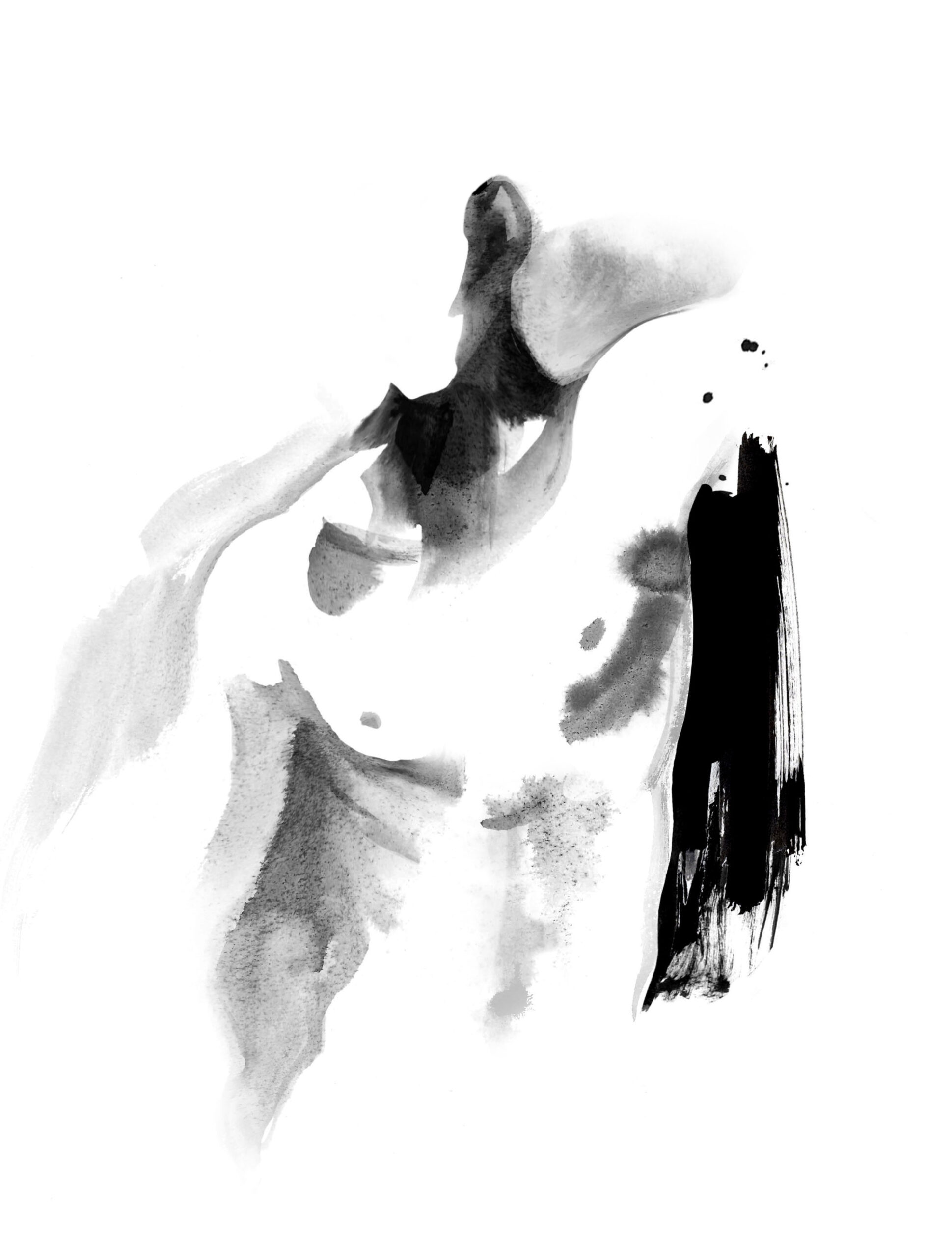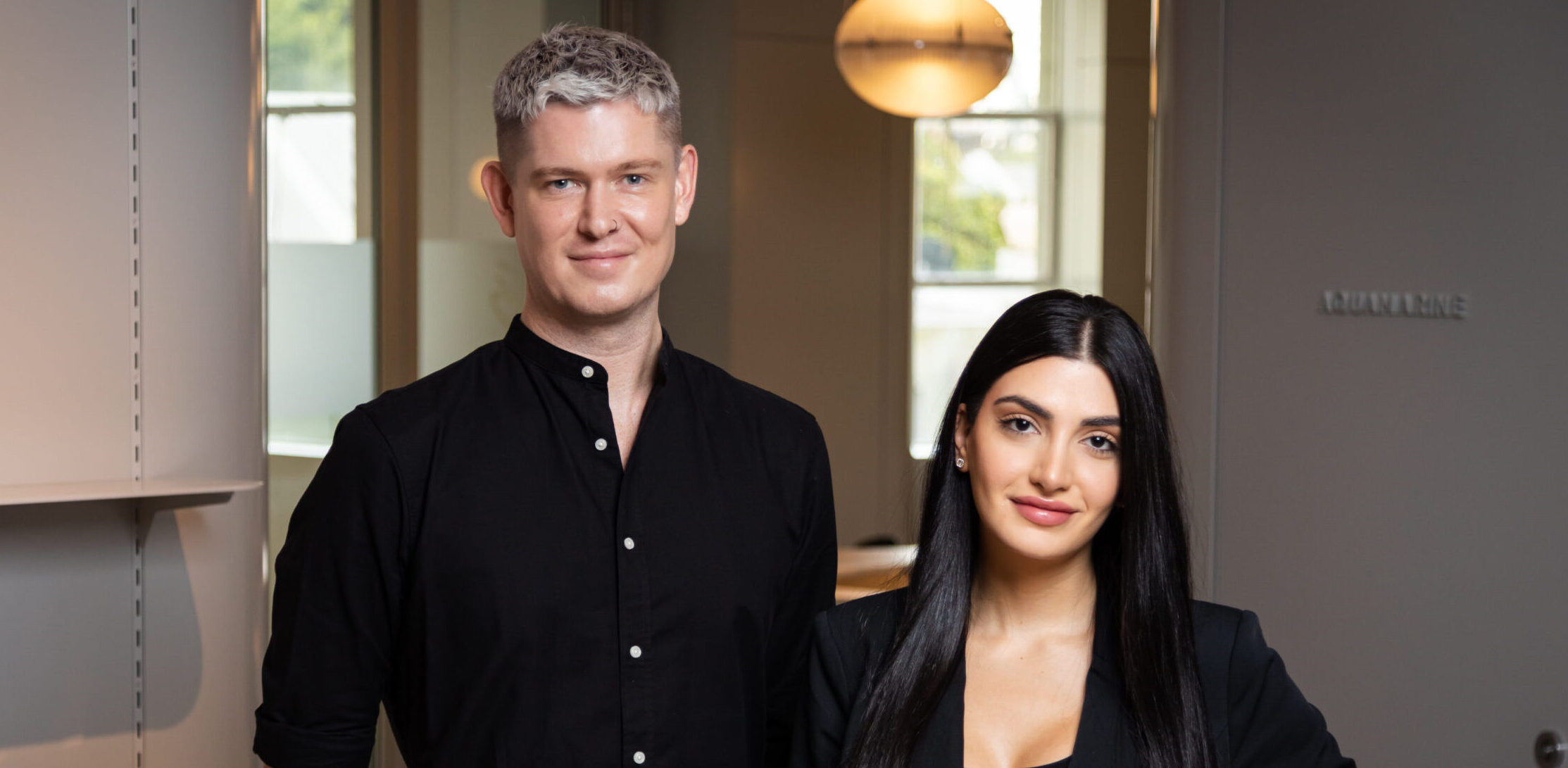
Rhytidectomy Surgery Sydney
About the Procedure
Age-related changes in the face may include resorption of craniofacial skeletal structures, loss of subcutaneous fat, and decreased dermal elasticity. In combination, these factors can lead to soft tissue descent, the formation of rhytids and jowls, and a reduction in mandibular border definition.
What is Rhytidectomy?
Rhytidectomy, also referred to as meloplasty, is a surgical procedure designed to address ptosis of the midface and lower face by repositioning soft tissues and excising redundant skin. Rather than relying solely on skin tension, this procedure involves repositioning of the underlying musculoaponeurotic system to restore volume and contour.
Dr Steven Liew (MED0001151298 FRACS) performs a deep plane rhytidectomy technique, which involves the mobilisation of deeper facial layers to achieve repositioning of soft tissues with reduced reliance on skin traction.
A Word from Dr Steven Liew
“My surgical approach focuses on restoring facial anatomy by repositioning descended tissues rather than creating tension on the skin. In my practice, I favour the deep plane rhytidectomy technique, which allows for comprehensive soft tissue elevation and volume restoration while maintaining natural facial dynamics.” Dr Steven Liew, Specialist Plastic Surgeon (MED0001151298 FRACS)
Disclaimer: Rhytidectomy is a complex surgical procedure and carries risks, including bleeding, infection, scarring, nerve injury, haematoma, asymmetry, and dissatisfaction with aesthetic outcomes. A consultation with a Specialist Plastic Surgeon is essential to assess individual suitability and discuss potential risks, outcomes, and alternatives. A second opinion from an appropriately qualified health practitioner is recommended prior to proceeding.
Results
Rhytidectomy may be considered for individuals with age-related changes such as soft tissue descent, dermal laxity, volume loss, and reduced bony support, which can contribute to the development of jowls, deep facial folds, and diminished jawline definition.
-
A multi-region facial rejuvenation approach addressing anatomical changes across the upper, mid, and lower thirds of the face.
-
Reposition and augment soft tissue structures to address age-related volume loss and contour changes.
-
Excise redundant skin and address soft tissue laxity associated with age-related dermal changes.
What to Expect from Rhytidectomy?
During your preoperative consultation, Dr Steven Liew (MED0001151298 FRACS) will conduct a comprehensive assessment of your facial anatomy, soft tissue distribution, and skin laxity to determine the most appropriate vector and extent of tissue repositioning.
Rhytidectomy involves the elevation and repositioning of facial soft tissues, including the superficial musculoaponeurotic system (SMAS), followed by excision of redundant skin. In selected cases, volume restoration using autologous fat grafting or other adjunctive techniques may be incorporated to address age-related facial deflation.
This procedure is intended to address structural changes in the mid and lower face and is tailored to the individual’s anatomical needs and treatment goals.
Procedure Duration: Approximately 4–8 hours
Estimated Recovery Period: 2–6 weeks, varying by individual healing and procedural complexity
Disclaimer: All surgical procedures at Shape Clinic are performed by Specialist Plastic Surgeons, Dr Steven Liew (MED0001151298 FRACS) and Dr Ania Smialkowski ( MED0001668109 FRACS). Individual results, healing responses, and recovery times vary. All surgical procedures carry inherent risks, including but not limited to infection, bleeding, scarring, nerve injury, asymmetry, and dissatisfaction with aesthetic outcomes. A consultation with a qualified practitioner is required to determine suitability. A second opinion from an appropriately qualified health practitioner is recommended prior to proceeding with surgery.
Rhytidectomy Surgery Sydney Enquiry
"*" indicates required fields



